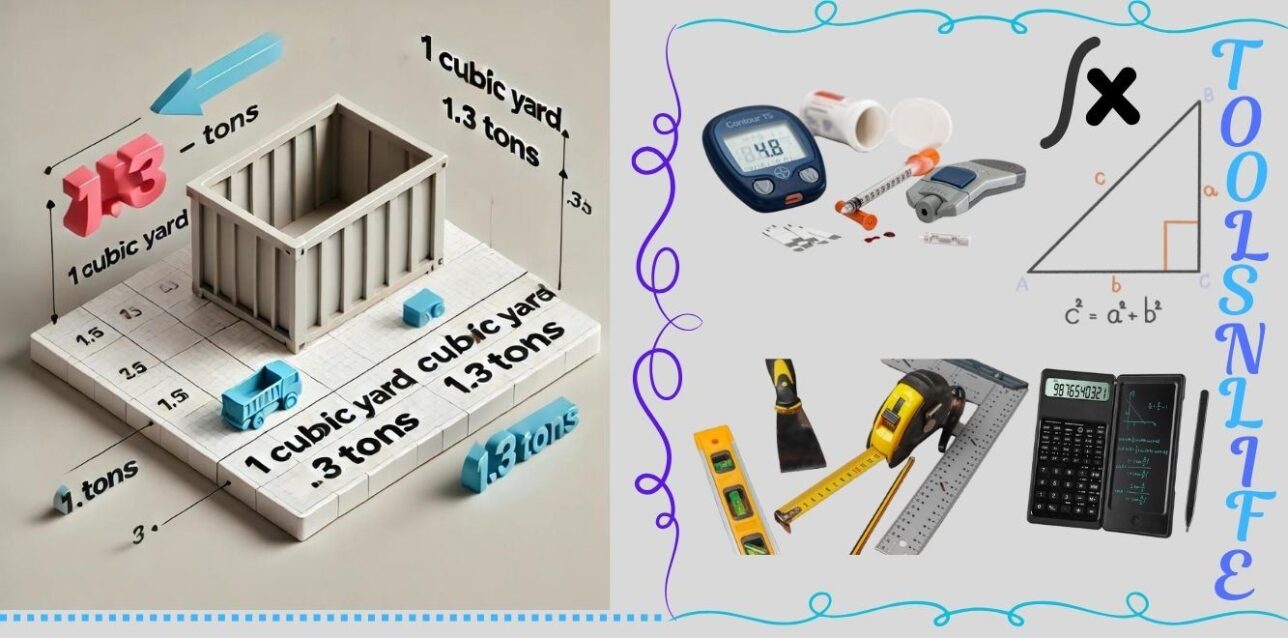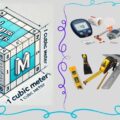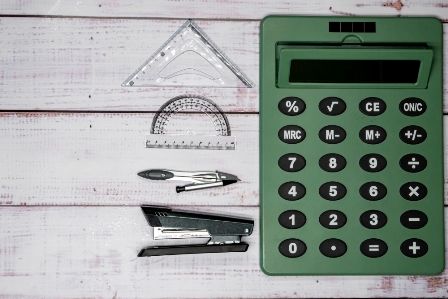Understanding Cubic Yards to Tons Conversion
Converting between cubic yards and tons is essential for construction, landscaping, and materials procurement. This conversion depends entirely on material density, as different substances have different weights per volume. Our calculator simplifies this process, but understanding the principles behind it will help you make more accurate estimations for your projects.
Why Accurate Conversion Matters
Incorrect material estimations can lead to project delays, budget overruns, and logistical challenges. Whether you’re ordering gravel for a driveway or concrete for a foundation, precise calculations ensure you purchase the right amount—avoiding both shortages and wasteful surpluses.
The Mathematical Formula Explained
The conversion formula is straightforward but requires understanding its components:
Tons = (Cubic Yards × Density (lb/ft³) × 27) / 2000
- Cubic Yards: The volume measurement you start with
- Density: Pounds per cubic foot (lb/ft³) of the material
- 27: Conversion factor since there are 27 cubic feet in 1 cubic yard
- 2000: Number of pounds in a US ton
Practical Calculation Example
Let’s say you need 15 cubic yards of crushed limestone for a pathway project. Crushed limestone has an approximate density of 95 lb/ft³. Here’s how the calculation works:
(15 yd³ × 95 lb/ft³ × 27) / 2000 = (15 × 95 × 27) / 2000 = 38,475 / 2000 = 19.24 tons
You would need to order approximately 19.24 tons of crushed limestone for your project.
Comprehensive Material Density Reference
Material density varies based on composition, moisture content, and compaction. The following table provides average densities for common materials, but always consult with your supplier for exact figures specific to their product.
| Material | Density (lb/ft³) | Density (kg/m³) | Notes |
|---|---|---|---|
| Asphalt (crushed) | 45 | 721 | Varies based on aggregate size |
| Asphalt (liquid) | 62.4 | 1,000 | Similar to water density |
| Cement (portland) | 94 | 1,506 | Loose, not set concrete |
| Concrete | 150 | 2,400 | Cured concrete weight |
| Dirt | 76 | 1,218 | Topsoil, dry to moderately damp |
| Gravel (loose, dry) | 95 | 1,522 | ¼” to 2″ stone, not compacted |
| Gravel (dry, 1/4 to 2 in) | 105 | 1,682 | Compacted slightly |
| Gravel (wet 1/4 to 2 in) | 125 | 2,002 | Significant moisture content |
| Gravel (with sand) | 120 | 1,922 | Common for road base |
| Limestone (crushed) | 95 | 1,522 | Typical driveway material |
| Limestone (low density) | 85 | 1,362 | More porous varieties |
| Limestone (high density) | 165 | 2,643 | Dense, solid limestone |
| Mulch (bark) | 15 | 240 | Lightweight, organic material |
| Mulch (woodchip) | 25 | 400 | Heavier than bark mulch |
| Sand (dry) | 100 | 1,602 | Standard construction sand |
Industry-Specific Applications
Construction Projects
For concrete foundations, accurate calculations prevent overordering that leads to waste or underordering that causes project delays. Remember that concrete weight changes as it cures, so calculations should be based on wet volume for ordering purposes.
Landscaping and Hardscaping
When designing garden paths or patio bases, gravel and sand calculations must account for compaction and settling. Most professionals add 10-15% to their calculated amounts to accommodate these factors.
Road and Pavement Work
Asphalt calculations require precise measurements since projects often involve large areas. Density variations between hot mix and cold mix asphalt significantly impact total tonnage requirements.
Factors Affecting Material Density
Several variables can influence material density and thus your conversion calculations:
- Moisture content: Materials weigh significantly more when wet
- Compaction: Compacted materials have higher density
- Aggregate size: Smaller particles pack more tightly
- Material composition: Variances in source materials affect density
- Temperature
Professional Tips for Accurate Measurements
After 15 years in construction and landscaping, I’ve learned these practical tips for ensuring accurate material estimations:
- Always verify density figures with your specific supplier
- Account for compaction—add 10-20% to loose material estimates
- Consider moisture content, especially after rainfall
- When in doubt, order slightly more than calculated (5-10%)
- Use the same units throughout calculations to avoid errors
- For irregular areas, break them down into regular shapes before calculating volume
Beyond the Calculator: Manual Calculation Methods
While our calculator provides quick conversions, understanding manual methods ensures you can verify results or make calculations when technology isn’t available. The step-by-step process involves:
- Determine the volume in cubic yards (length × width × depth ÷ 27)
- Identify the material density in lb/ft³
- Multiply cubic yards by 27 to convert to cubic feet
- Multiply result by density to get pounds
- Divide pounds by 2000 to convert to tons
Frequently Asked Questions
Why are there different densities for the same material type?
Material density varies based on source, processing method, moisture content, and composition. For example, limestone from different quarries can have significantly different densities based on its geological formation.
How accurate are these conversions?
These conversions provide reliable estimates for planning and budgeting purposes. For critical applications, always consult with your material supplier for exact density figures and consider ordering a slight surplus to account for variations.
Can I use this calculator for metric conversions?
Yes, our calculator includes both imperial and metric units. Simply select your preferred unit system, and the calculator will adjust accordingly.
Conclusion: Measure With Confidence
Accurate material conversion between cubic yards and tons is fundamental to project success across construction, landscaping, and numerous other industries. Our comprehensive calculator, combined with the reference data and professional insights provided here, empowers you to make informed decisions and precise material estimations.
Remember that while calculations provide excellent estimates, real-world conditions may require adjustments. When planning your next project, use our calculator as your starting point, consult with material suppliers for exact densities, and consider the professional tips we’ve shared to ensure your project runs smoothly from estimation to completion.
Ready to start your project? Use our calculator above to get precise measurements, and don’t hesitate to bookmark this page for future reference. Share it with your team to ensure everyone’s working with accurate calculations!






